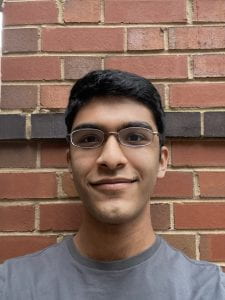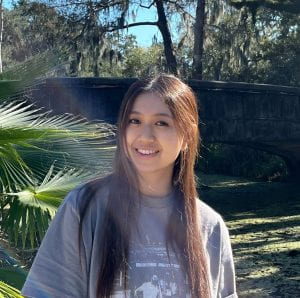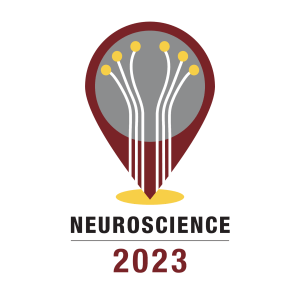Abstract: In vivo studies of neurophysiology using the whole cell patch-clamp technique enable exquisite access to both intracellular dynamics and cytosol of cells in the living brain but are underrepresented in deep subcortical nuclei because of fouling of the sensitive electrode tip. We have developed an autonomous method to navigate electrodes around obstacles such as blood vessels after identifying them as a source of contamination during regional pipette localization (RPL) in vivo. In mice, robotic navigation prevented fouling of the electrode tip, increasing RPL success probability 3 mm below the pial surface to 82% (n = 72/88) over traditional, linear localization (25%, n = 24/95), and resulted in high-quality thalamic whole cell recordings with average access resistance (32.0 MΩ) and resting membrane potential (−62.9 mV) similar to cortical recordings in isoflurane-anesthetized mice. Whole cell yield improved from 1% (n = 1/95) to 10% (n = 9/88) when robotic navigation was used during RPL. This method opens the door to whole cell studies in deep subcortical nuclei, including multimodal cell typing and studies of long-range circuits.
New & noteworthy: This work represents an automated method for accessing subcortical neural tissue for intracellular electrophysiology in vivo. We have implemented a novel algorithm to detect obstructions during regional pipette localization and move around them while minimizing lateral displacement within brain tissue. This approach leverages computer control of pressure, manipulator position, and impedance measurements to create a closed-loop platform for pipette navigation in vivo. This technique enables whole cell patching studies to be performed throughout the living brain.
W. A. Stoy, I. Kolb, G. L. Holst, Y. Liew, A. Pala, B. Yang, E. S. Boyden, G. B. Stanley, C. R. Forest
Journal of Neurophysiology Published 1 August 2017 Vol. 118 no. 2, 1141-1150 DOI: 10.1152/jn.00117.2017 PDF


